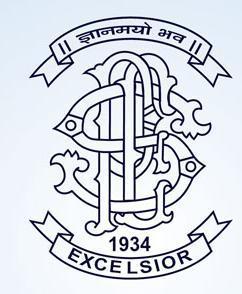“As the freedom of expression concerning public affairs is indispensable to the operation of the democratic system, it is a necessary implication from the provisions of the Constitution establishing it”2.
Justice K.K. Mathew
Introduction
In India, constitution gives rights to an individual for presenting their opinions under Article 19 (1) a)3.Freedom of expression is essential to the expansion and fulfillment of individual personality. It is a live wire of the
democracy. Freedom of expression is more essential in democratic setup of State where people are the Sovereign rulers. According to Sir William Ivor Jennings, “Without freedom of speech, the appeal to reason which is the basis of democracy cannot be made.”4
The freedom of speech under Article 19(1) (a) comprises with right to express one’s views and views at any issue through any medium, e.g. by words of mouth, writing, printing, picture, film, movie etc. It thus comprises the freedom of communication and the right to propagate or printed their opinion. But this right is subject to reasonable restrictions being imposed under Article 19(2). Free expression cannot be equated or confused with a license to make unfounded and irresponsible allegations against the judiciary5. It is not only guaranteed in the constitution or other states legislations but also by different international conventions like Universal Declaration of Human Rights, European convention on Human Rights and fundamental freedoms, International Covenant on Civil and Political Rights and etc. These declarations specifically discuss about protection of freedom of speech and expression in the International level.
Film industry is the most influencing industry among the young’s of our nation. Movies are the artistic expression of ideas, stories and often opinions, sometimes inspired by reality occasionally set to music, designed to enthrall, enchant, or simply to entertain6.Indian film industry is the largest in the world producing
over a thousand films in a year screened over 13,000 cinema halls in the country. Every three months an audience as large as the country’s entire population flocks to the cinema halls7. Hence, banning of the films brings to the serious question that, do we have the freedom of speech and expression? Films are bannedor targeted primarily because of the issues those are related to sex, violence, religious sentiments etc.,in the
name of maintaining public order; in respect of beliefs and traditions; or for criticizing the nation. this research paper emphasis is given to analyze the applicability of Article 19 (1) (a) under the Indian constitutionin respect ofban or censorship on movies in India.



